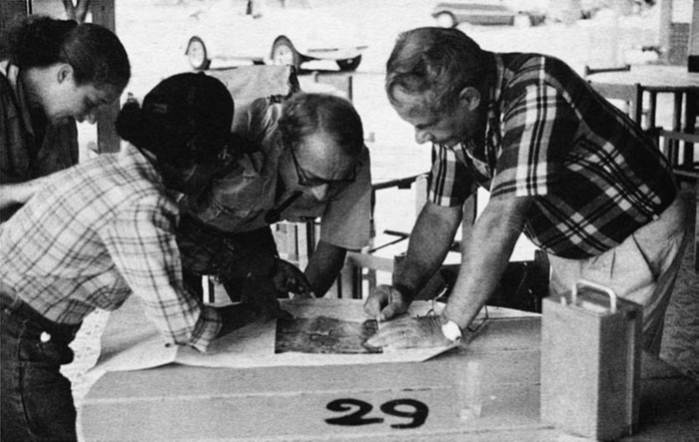
Think of the Headquarters as a center of operations, a gathering place, a space for the command and control of both humans and non-humans. From your specially created HQ, you have lots of key information and resources made available to you on a single webpage. As one of his GRADE 6 science students, Dr. Merritt suspects you will spend plenty of time this year making good use of your grade’s HQ.

"Science: it’s like magic, but real!"
Tweet by Derek Johnson (@derekjGZ), 26 June 2020
Dr. Merritt uses a standards-based, revision-driven, 10-point grading scale when assessing student work.
The numbers, letters, and word descriptors he associates with this grading system are provided below.
10 pts = Done/Exceeds = (A)
9.2 pts = Done/Meets = (A-)
8.5 pts = Done/Nearly meets = (B)
7.5 pts = Done/Approaches = (C)
6.5 pts = Done/Below = (D)
0 pts = Not Done/Well Below = (F)
As published in the MS Student Handbook, TASIS uses 5-point scale for communicating student effort.
5 = Outstanding
4 = Very good
3 = Good
2 = Needs improvement
1 = Does not meet expectations
The TASIS MS established a policy in 2025/26 requiring all MS teachers to issue students Effort Marks every two weeks.
To calculate a student’s overall science grade, Dr. M weights his assignments as outlined below:
Classwork (30%)
This includes a variety of different assignment types–e.g., Investigations (INVs), Response Activities (RAs), etc.–assigned and completed during class.
Formative Assessments (25%)
This consists of the class activity commonly referred to as an end-of-unit “Test.” Students can expect 10 end-of-unit tests during the 2025/26 school year.
Preparatory Assessments (15%)
This consists of the class activity commonly referred to as an end-of-concept “Quiz.” Students can expect (approximately) 30 end-of-concept quizzes during the 2025/26 school year.
Science Notebook (15%)
This includes all student-driven work regularly entered into the Science Notebook and aimed at showing–both visually and textually–students’ ongoing efforts to answer each unit’s Driving Question.
Homework (10%)
This includes a variety of different assignment types (including Classwork) assigned for completion outside of school.
Science Journal (0%, but visible in Veracross)
This consists of the regular class activity commonly referred to as “Quick Writes” (QWs). Students can expect 1-3 QWs per week during the 2025/26 school year.
Formative Assessments (0%, but visible in Veracross)
This consists of the regular class activity called “Diagnostic Questions” (DQs) most frequently completed with Exam.net.
MONDAY
—
TUESDAY
—
WEDNESDAY
Homework collection day
THURSDAY
No science lesson
FRIDAY
Homework collection day
MONDAY
—
TUESDAY
—
WEDNESDAY
Homework collection day
THURSDAY
No science lesson
FRIDAY
Homework collection day
MONDAY
—
TUESDAY
Homework collection day
WEDNESDAY
No science lesson
THURSDAY
Homework collection day
FRIDAY
—
FALL SEMESTER
18 weeks
Start of semester – 28 Aug
Interim grades – 24 Sept
Midterm grades – 27 Oct
End of semester – 23 Jan
SPRING SEMESTER
18 weeks
Start of semester – 26 Jan
Interim grades – 13 Feb
Midterm grades – 23 Mar
End of semester – 3 Jun
NO SCHOOL DAYS
7 days
Friday, 10 Oct
Monday, 13 Oct
Friday, 7 Nov
Friday, 28 Nov
Friday, 19-20 Feb
Friday, 9 Mar
Monday, 16 Mar
MAJOR HOLIDAYS
2 breaks
Winter Holiday (Dec 20-Jan 11)
Spring Holiday (Mar 28-Apr 12)
MS SWISS EXPERIENCE
2 trips
Fall (Nov 3-6)
Winter (Feb 16-19)